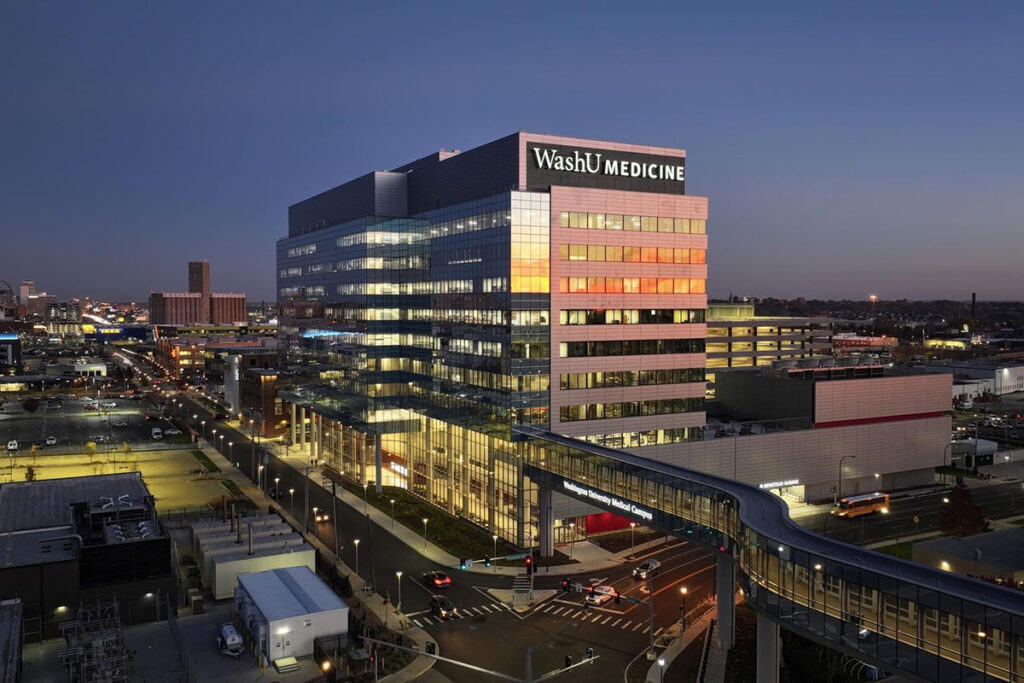WashU’s direct and indirect impact to the St. Louis economy in 2024 totaled $9.3 billion, an increase of $500 million from 2023. During fiscal year 2024, which concluded June 30, WashU spent $3.9 billion on salaries, construction and purchasing. That money rippled across the region, generating another $5.4 billion in economic activity.
Chancellor Andrew D. Martin said WashU’s growing economic impact represents both its success as a global leader in education, research and innovation and its commitment to the region as an employer, health care provider and community resource.
“We believe that by combining our intellectual resources, innovative spirit and our role as a vital economic driver regionally and across Missouri, we can create meaningful change,” Martin said. “Our work is about more than institutional achievements; it’s about partnering with local organizations, supporting emerging talent and addressing critical challenges facing our region.”

Washington University is the second-largest employer in the region, with 22,181 employees, an increase of nearly 6,000 jobs in five years. In 2024, salaries totaled $2.4 billion.
In addition, the university spent $301 million in construction, including funds to complete the Jeffrey T. Fort Neuroscience Research Building, where 120 teams are working to discover new drugs, diagnostic tools and therapies for Alzheimer’s and other neurodegenerative diseases. This year, Siteman Cancer Center — based at Washington University School of Medicine and Barnes-Jewish Hospital — also opened the nine-story Gary C. Werths Building, where WashU Medicine physicians diagnose and treat patients with the most advanced, lifesaving therapies available.
Read full story on The Source